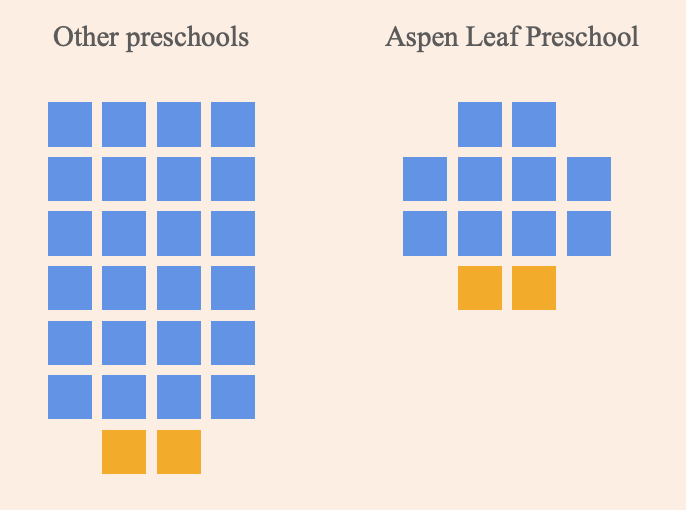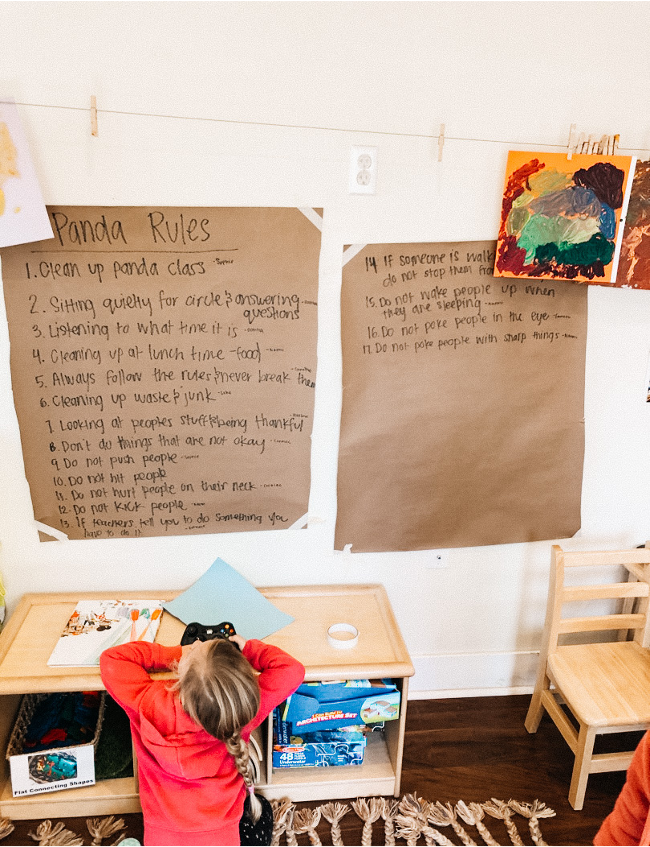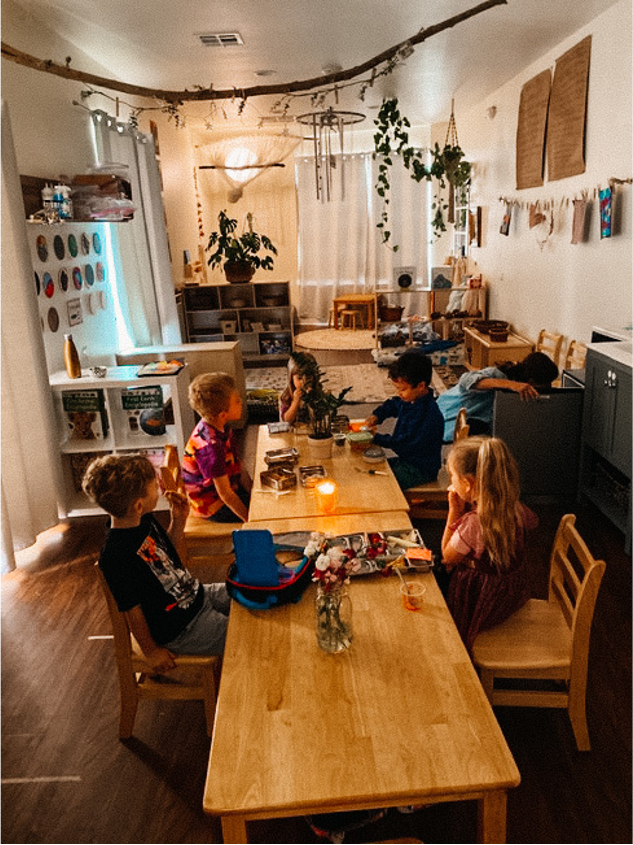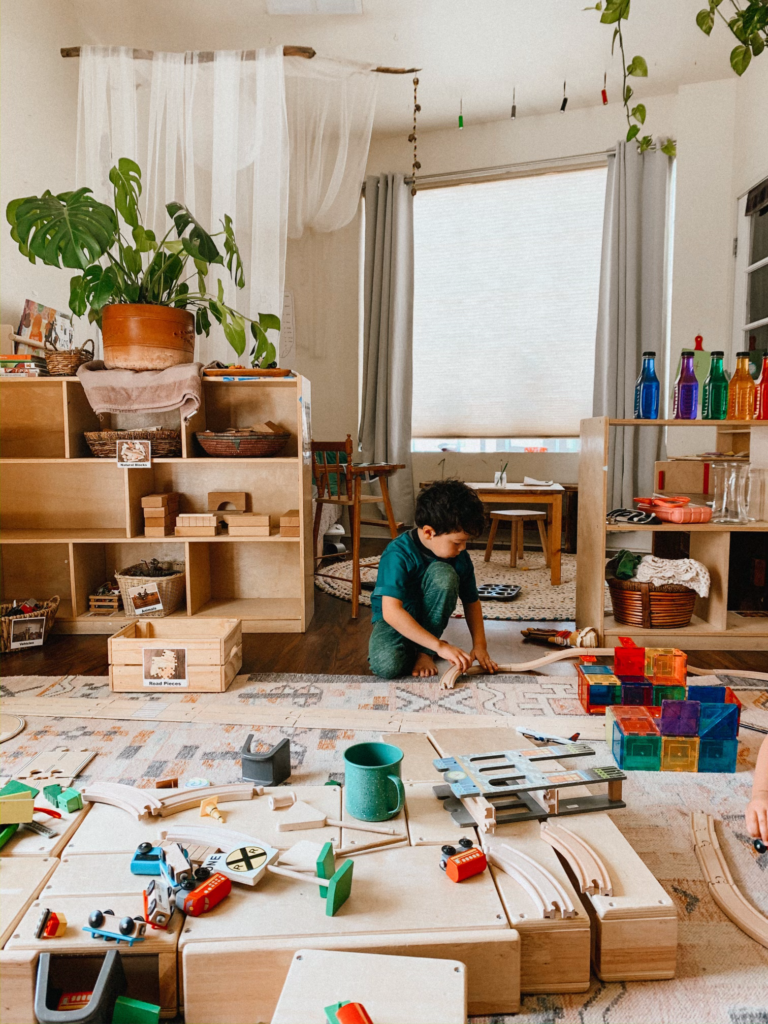
Small class sizes
& low student–teacher ratios
Small classes + low ratios = more individualized attention

Positive discipline
By the age of four, children from some families heard, on average, 560,000 fewer encouragements, and 124,000 more discouragements of his or her behavior than the average child of other families. This had a profound effect on the child academically and socially that lasted through their formal education and beyond.
At Aspen Leaf Preschool, we avoid discouragements and negative language and instead “re-direct and reinforce.” For example, if a child intentionally throws a book onto the floor, instead of saying “Don’t do that,” we identify and explain the incorrect action, and then re-direct the behavior by saying something like, “When you throw the book on the floor, it might get ripped. We have to treat our books gently and hold them nicely. If you would like to throw something, we can get out the balls or the bean bags.” Then, each time we observe the child reading the book nicely, we reinforce that appropriate behavior with specific praise and encouragement.


